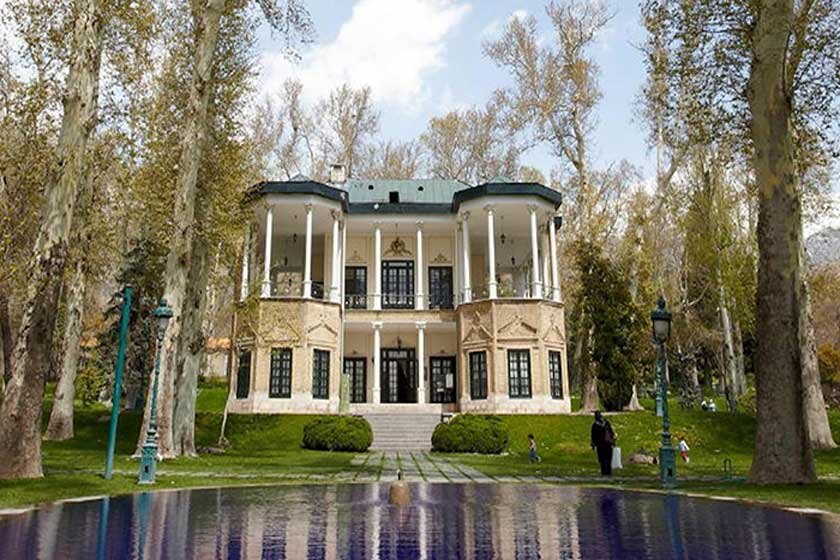Sa’dabad historical complex reopens as virus curbs eased

TEHRAN –The Sa’dabad Cultural-Historical Complex on Tuesday reopened its doors to the public as some restrictions over the coronavirus pandemic have been relaxed in Tehran.
According to the National Headquarters for Coronavirus Control, Tehran province is in the low-risk “yellow” zone and museums and historical sites across the province could reopen and resume their activities.
Iran closed cultural heritage museums and historical sites across the country in a preventive measure amid fears of coronavirus outbreak last February, but as the coronavirus lockdown was eased, they were reopened in early May.
Due to a sharp rise in the number of coronavirus infections and deaths, museums and all art and cultural centers, universities, schools, seminaries, English schools, libraries, movie theaters, mosques, beauty salons, and several other entities went on lockdown during July.
The closure continued during November over the third wave of the COVID-19 pandemic. In June, Mohammadreza Kargar, the tourism ministry’s director for museums and historical properties announced that Iranian museums and historical sites have taken 600 billion rials (about $14.2 million) hit from the coronavirus outbreak.
If the country was in normal condition, the museums would host over 25 million visitors, but now they have faced a huge loss as there is almost no visitor to the museums, he noted.
In October, Cultural Heritage, Tourism, and Handicrafts Minister Ali-Asghar Mounesan warned that Iran’s cultural heritage and tourism would be in a critical situation if the crises caused by the outbreak of the coronavirus would be continuing.
With the outbreak of the coronavirus, museums were at the forefront of closures and for several months now, they have not had any revenue from the sale of tickets, Mounesan explained.
Meanwhile, the ministry is facing a shortage of funds in the field of cultural heritage, which causes problems for maintaining and preserving 34,000 National Heritage properties as well as 24 UNESCO-tagged sites, the official explained.
It was estimated that museums would earn about 300 billion rials (about $7.1 million) in the first quarter of the year, but over the coronavirus pandemic they did not even come close to this figure, he added.
In July, Mounesan said that revenues from museums were almost eight billion rials (about $190,000) during the first three months of the current Iranian calendar year (started March 20, 2020), a sharp decline compared to around 300 billion rials (over $7 million) in the same period last year. Earlier this week, the minister said that Iran’s tourism has suffered a loss of over 140 trillion rials (about $3.33 billion) since the outbreak of the coronavirus pandemic.
Sprawled on about 110 hectares of a mountainside parkland in northern Tehran, the Sadabad Cultural-Historical Complex is used to be a royal summer residence during the Qajar and Pahlavi eras.
The complex was initially established and inhabited by some Qajar monarchs in the 19th century. It has undergone further expansions from the 1920s until the 1979 Islamic Revolution. The site embraces a variety of buildings, some of which turned to be house museums showcasing a wide range of royal families’ memorabilia including lavishly-made furniture, dishware, automobiles, carpets, and miniature paintings.
ABU/AFM
